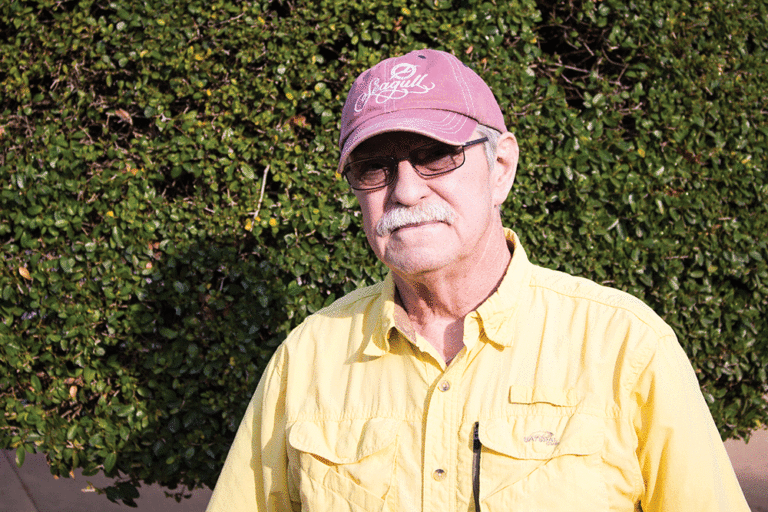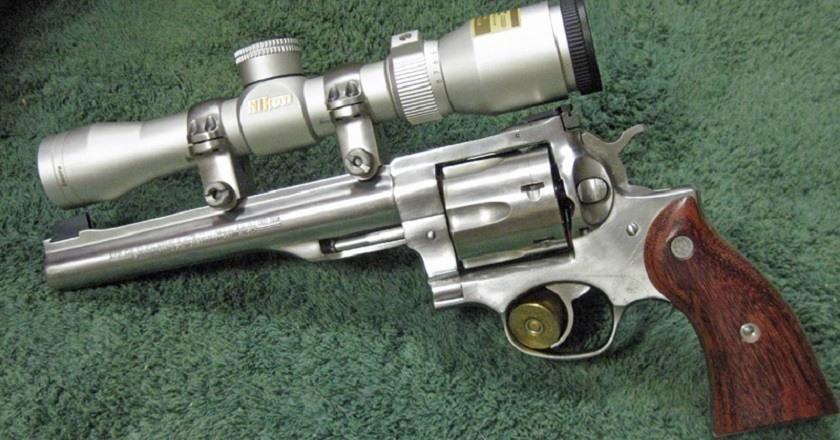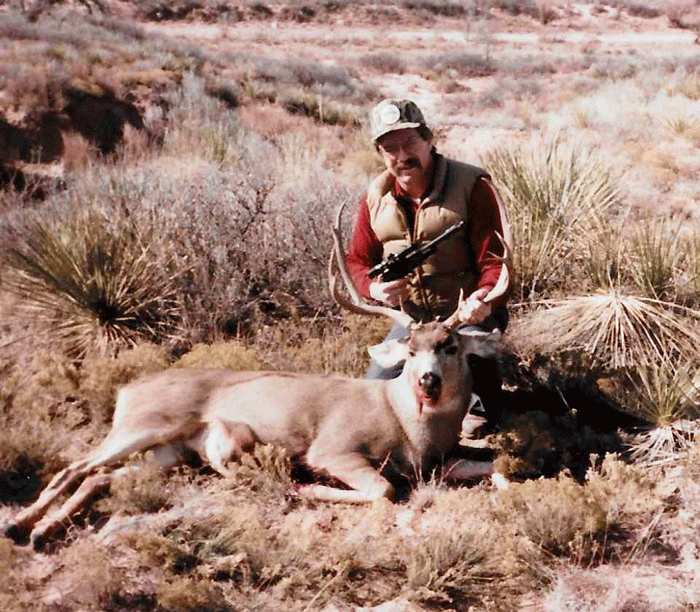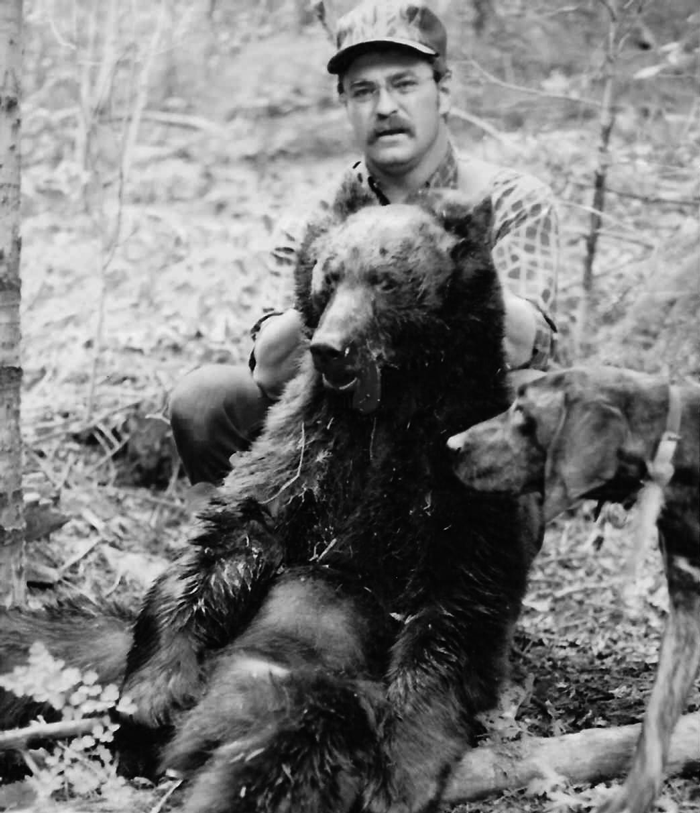
Hopefully, the rains of this past weekend, which covered most of Oklahoma, offered some much needed relief to those who have been suffering from the horrific wildfires to our north!
The many hardworking ranchers in that area have lost nearly everything. Growing up in rural Jefferson County, fighting grass fires was a way of life. Back then most was done with cattle sprayers and wet tow sacks. But the fires that have been raging to our north have been devastating and the videos and pictures are heartbreaking. Continued prayers for the many affected.
This spring has certainly been cool and damp, and while many of you are wishing for temps in the 90s and up, I could put up with this at least ‘til fall! The fishing has been great, certainly in the ponds, and we have yet to have the hot days with lots of sunshine to drive the fish to deeper waters.
While fishing and camping are foremost on many minds this time of year, I know some of you are daydreaming of the fall-hunting season and already making plans.
Quail are making a comeback, but these days most bird hunters have given up their bird dogs and have limited access to quail country.
But it seems everyone has a place to hunt deer, hogs and varmints. With this in mind, it leads to the question; what means will we use to pursue our intended quarry? For most, the rifle comes to mind and certainly gun hunters outnumber all other forms. Bowhunting follows close behind and it happens to be my favorite method for deer hunting. Hunting with a bow, be it a recurve, longbow or compound, is a challenging sport to say the least and limits you to very close range.
But there is a form of hunting for any size game, big or small, that falls between rifle hunting and bowhunting. It happens to be handgun hunting. Back in the ‘60s and ‘70s I read a lot of Elmer Keith’s articles (he promoted and helped develop the .357mag and 44mag). His intent was to develop a handgun round powerful enough to hunt big game. Handgun hunting was then in its infancy and at that time the 44 Magnum was the most powerful handgun round in production. That round certainly gained more fame from being used in the “Dirty Harry” movies. It was used by Clint Eastwood in a S&W Model 29! “Make My Day” became a buzzword.

When I first started handgun hunting, I used primarily a Ruger 6” .357mag and a Ruger RedHawk in 44mag with a 7.5”barrel, both in stainless steel. I took deer, black bear, and hogs with these, out to 50 yards. While being limited to a shorter range, it’s amazing how quickly you adapt when being able to roam the hills with a handgun weighing 2lbs versus a rifle weighing up to10 lbs.
The sport of handgun hunting took a huge leap when Thompson-Center Arms brought out the “Contender”, a break-open, single-shot handgun with interchangeable barrels. The combinations were endless. I settled on a 14in barrel in .30 Herret caliber. You had to make the cases by fire forming 30-30 Winchester brass but the end result was amazing. You had a handgun that fired 140 grain spitzer bullet at 2775fps. That’s rifle ballistics!
This combination allowed me to take several antelope, mule deer and whitetail at ranges out to 275 yards.

In hunting revolvers currently in production, there are several modern (post-1980) revolver cartridges. Currently the most powerful production handgun round is the .500 Smith and Wesson Magnum. While firing a 350gr JHP bullet, it can exceed 3000 foot-pounds of energy, at nearly 2000fps. The “Big Smith” is followed by the .480 Ruger and .475 Linebaugh which also exceed the .454 Casull by a wide margin.

The only one of these I have fired is the .454 Casull and that was unpleasant to say the least!
For a beginning handgun hunter I would recommend starting with a .357 Magnum or .44 Magnum in either a Smith & Wesson or a Ruger revolver. The next step is practice, practice, practice, until you can keep your shots in an eight inch circle at the range you wish to shoot. Scopes are a great help with sighting and also add weight, which helps reduce recoil.
You don’t have to forsake the rifle, but this fall, consider strapping on that handgun and when that doe walks by at 20 yards, give it a try! It could add up to more venison chili this fall.
It’s just another way to enjoy our great Oklahoma outdoors!
